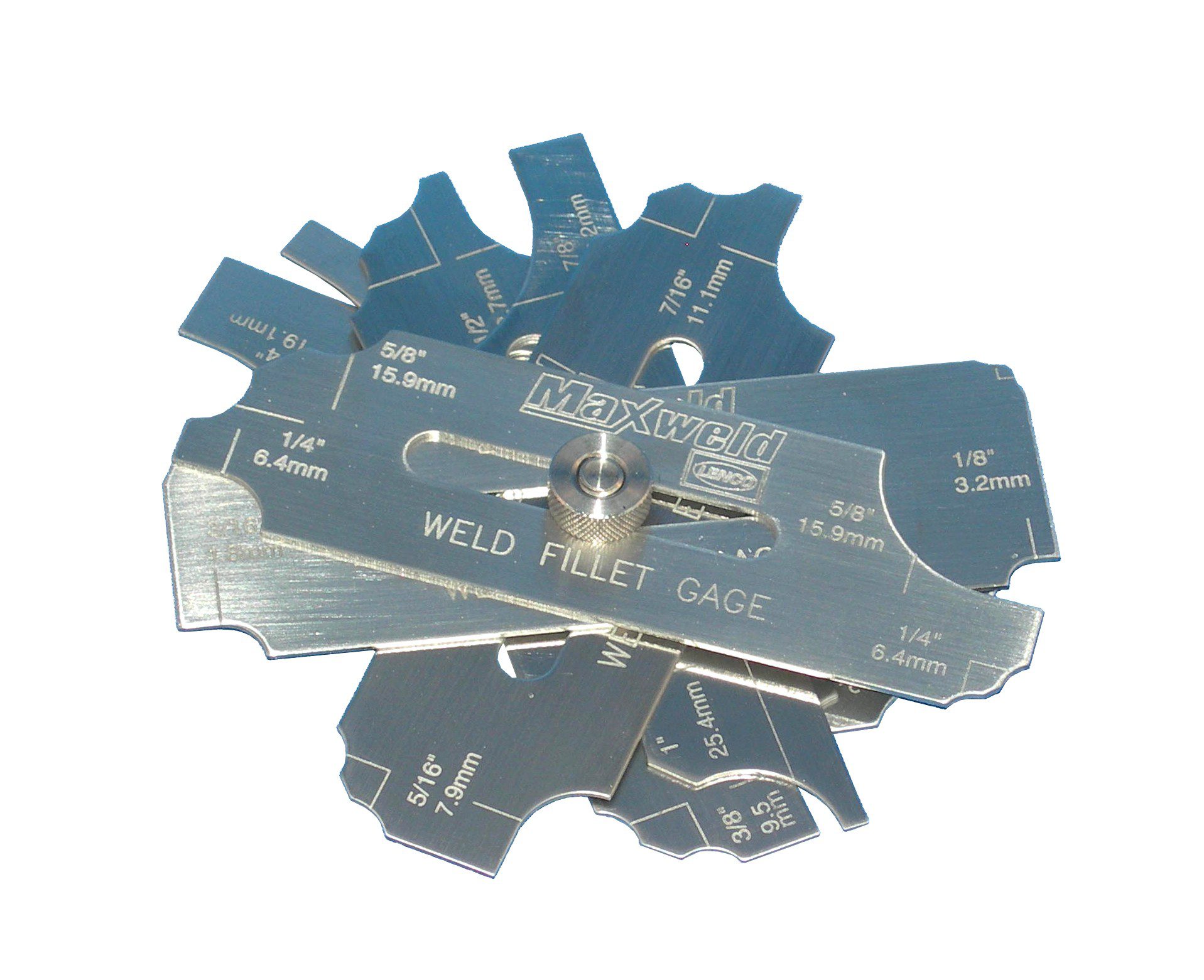Leading Strategies for Measuring Gauge Fillet Weld Accurately
Fillet Weld Design Approaches: Optimizing Joint Performance and Aesthetics for Structural Stability
In the realm of architectural engineering and manufacture, the significance of fillet weld design methods can not be overemphasized. By diligently taking into consideration aspects such as weld profile optimization, material choice, joint prep work methods, welding procedure effectiveness, and visual enhancement producers, techniques and designers can achieve an unified equilibrium in between capability and appearance in their bonded structures.
Weld Profile Optimization


Attaining an optimal weld account includes a precise factor to consider of elements such as material thickness, joint configuration, welding placement, and desired welding speed. Furthermore, the option of proper welding criteria, such as voltage, existing, and take a trip rate, is basic in managing the form and dimensions of the fillet weld. Using sophisticated welding strategies, such as pulse welding or robotic welding, can better refine the weld profile to fulfill particular layout demands and high quality standards.
Basically, weld profile optimization is a basic facet of fillet weld design that straight affects the overall efficiency and reliability of welded joints in architectural applications.
Material Selection Considerations
When taking into consideration product choice for fillet weld layout, the compatibility of the base metals is a vital factor affecting the architectural stability of the joint. It is important to choose materials that not only bonded with each other properly however likewise possess comparable mechanical buildings to ensure the load is evenly dispersed in between the weld and the base metals. Welding materials with greatly different homes can cause concerns such as stress concentrations, premature joint failing, or splitting.
Additionally, the atmosphere in which the bonded structure will certainly run need to be considered when choosing materials. Aspects like corrosion resistance, temperature changes, and exposure to chemicals can all influence the long life and performance of the weld joint. By choosing materials that are ideal for the designated application and setting, the total longevity and integrity of the welded joint can be considerably enhanced.
For that reason, complete consideration of material compatibility and environmental variables is extremely important in ensuring the weld joint's stamina, durability, and overall architectural stability.

Joint Preparation Methods
Considering the essential function product selection plays in making certain the structural integrity of fillet weld joints, it is important to apply accurate joint prep work techniques that enhance the connection between the base steels. Joint prep work is an essential step that straight influences the high quality and toughness of the weld.
Furthermore, appropriate fit-up of the joint is important to guarantee uniform distribution of the welding product and avoid issues like incomplete penetration or extreme build-up. Beveling the edges of the base metals can develop a groove that permits for much deeper weld infiltration and a more powerful bond. Furthermore, tack welding the parts in position before the last weld aids maintain positioning and decreases distortion throughout the welding procedure. By carefully complying with these joint preparation methods, welders can improve the overall performance and visual appeals of fillet weld joints while ensuring structural stability.
Welding Refine Effectiveness
Efficient welding procedures are important for accomplishing optimum productivity and quality in fillet weld manufacture. Procedures like gas metal arc welding (GMAW) and flux-cored arc welding (FCAW) are generally utilized for fillet welds due to click resources their convenience and rate.
Routine calibration of welding machines, inspection of consumables, and maintenance of welding lanterns can stop downtime and revamp, inevitably saving time and resources. Trained welders are much more proficient at readjusting specifications, troubleshooting problems, and keeping consistent weld high quality.
Aesthetic Improvement Techniques
To enhance the high quality of fillet weld construction, implementing visual improvement methods can play a crucial function in making sure precision and accuracy during the welding process. Aesthetic improvement techniques incorporate numerous strategies aimed at improving the appearance and high quality of fillet welds. One common technique is using back removing systems to eliminate oxidation on the behind of the weld, leading to a cleaner, more cosmetically pleasing finish. Furthermore, utilizing appropriate illumination arrangements in the welding area can improve visibility, allowing welders to keep an eye on the weld pool and ensure regular bead formation. Visual help such as weld dimension determines and magnifying lenses can help in evaluating weld profiles and dimensions precisely. Moreover, the use of contrasting marking materials or short-term tacking can help in lining up and positioning the workpieces specifically before welding. By integrating these aesthetic improvement methods right into the welding procedure, welders can achieve not only structurally audio fillet welds however also visually attractive resource results that fulfill industry criteria.

Verdict
To conclude, maximizing fillet weld design entails careful consideration of weld account, product selection, joint prep work, welding procedure efficiency, and visual improvement approaches. By executing these methods, architectural integrity can be enhanced while likewise attaining aesthetic appeal. It is necessary to focus on both efficiency and aesthetic appeals in fillet weld layout to make certain the overall high quality and toughness of the joint.
By diligently considering elements such as weld profile optimization, material navigate to these guys choice, joint prep work strategies, welding procedure performance, and aesthetic improvement engineers, fabricators and methods can achieve a harmonious balance between functionality and look in their bonded frameworks.In the world of fillet weld layout, maximizing the weld account plays a crucial duty in making certain structural honesty and efficiency. The weld profile, which consists of the dimension and shape of the weld cross-section, directly impacts the distribution of stress and load-bearing ability within the joint. It is essential to pick products that not only weld with each other properly however likewise possess comparable mechanical properties to make certain the lots is uniformly distributed in between the weld and the base metals - Gauge Fillet Weld.In verdict, maximizing fillet weld style involves careful factor to consider of weld account, material option, joint preparation, welding process performance, and visual improvement techniques